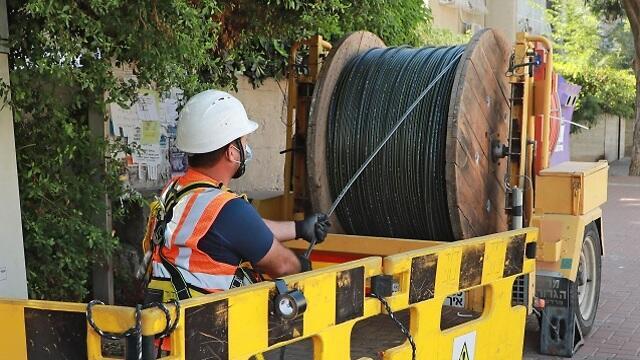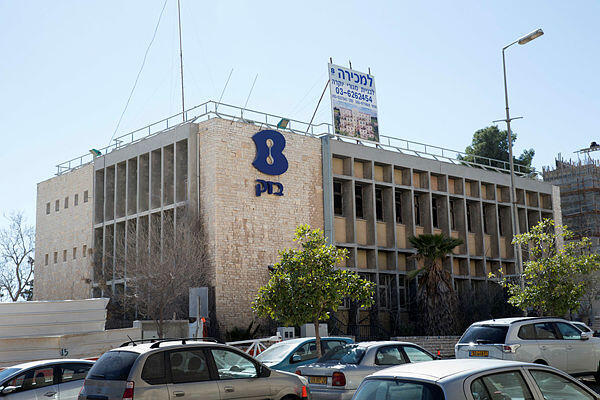The Ministry of Communications is preparing for the gradual shutdown of outdated copper and cable networks, which have so far been used for telephony and television services by Bezeq and HOT, as the country moves toward full adoption of fiber-optic networks by the end of 2030.
The shutdown will occur in stages; In the first phase, Bezeq and HOT will be exempted from their legal obligation to deploy copper lines in new construction areas. The exemption will be conditional on their deployment of fiber-optic infrastructure instead, which must also allow access for other providers.
Already this year, in areas where fiber-optic alternatives exist, companies will no longer be required to connect new subscribers using copper or cable infrastructure. The Ministry of Communications has not specified an exact timeline for this process, as it requires legislative changes. Once 85% of users in a given area receive services via fiber-optic networks, the old copper networks can be completely dismantled, with a three-month notice. By 2030, copper networks will be shut down entirely in all areas where fiber infrastructure reaches every residential unit.
Bezeq still has around one million customers connected to telephony and internet services through copper networks, while HOT has approximately 600,000–700,000 subscribers connected via cable. These include elderly users, as well as systems such as elevator emergency phones, fire alarm systems, and cash registers, although these numbers are steadily decreasing.
Both companies are prepared to continue providing telephony services through the new fiber networks without requiring any action from their existing customers. For customers with Bezeq’s optical WiFi routers, the transition will only require a special cable that connects the router’s FXS port to the home telephone or one of the house’s phone jacks. Customers without such routers will receive a small communication box, the size of a cigarette pack, which will connect to the fiber line on one side and to the phone on the other.
Copper networks were first introduced in the 19th century, shortly after the invention of the telephone by Alexander Graham Bell. In Israel and it forerunner, their deployment began during the Ottoman period, expanded significantly during the British Mandate, and was inherited by the Postal Ministry after the establishment of the State of Israel. Later, the infrastructure was transferred to Bezeq when the company was privatized.
Get the Ynetnews app on your smartphone: Google Play: https://bit.ly/4eJ37pE | Apple App Store: https://bit.ly/3ZL7iNv
The main advantage of copper networks today is their resilience during power outages, as they can continue functioning for several hours due to backup batteries installed in neighborhood transmission cabinets. These batteries provide low voltage to power telephones.
Fiber networks, on the other hand, have powerful backups lasting 12 to 24 hours in remote company centers, but they still rely on power for the home router. Bezeq plans to address this issue and will soon offer a backup battery for new fiber-based home phone customers at a cost of $30. This battery will attach to the router and provide 12 hours of backup for the phone alone or 3 hours for both the phone and internet during power outages.



